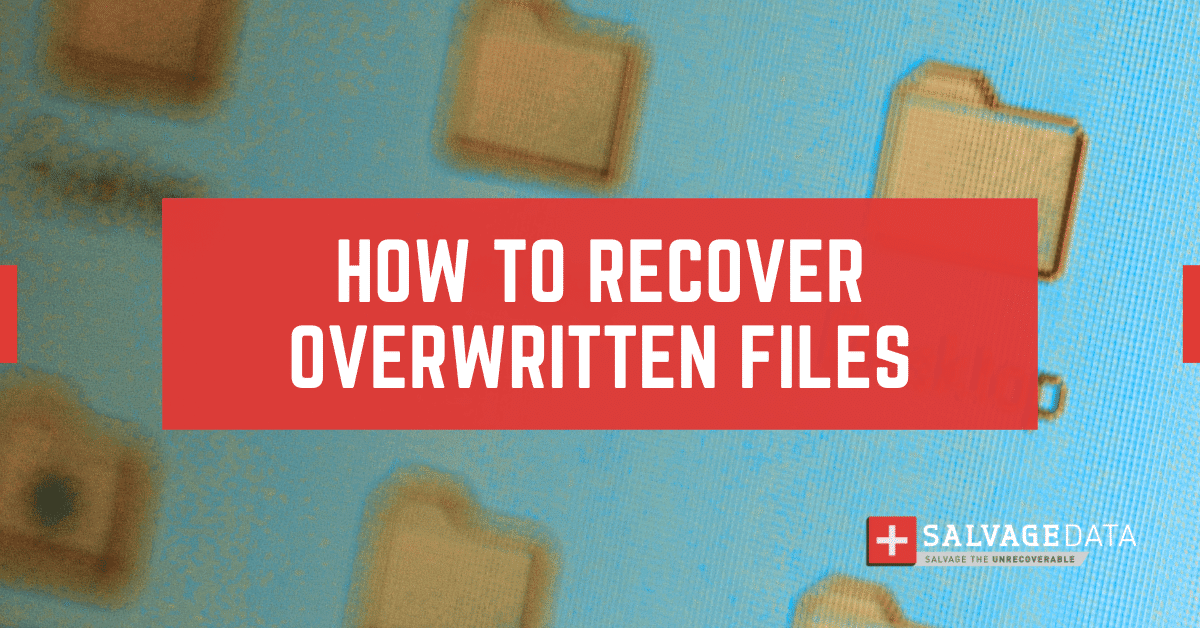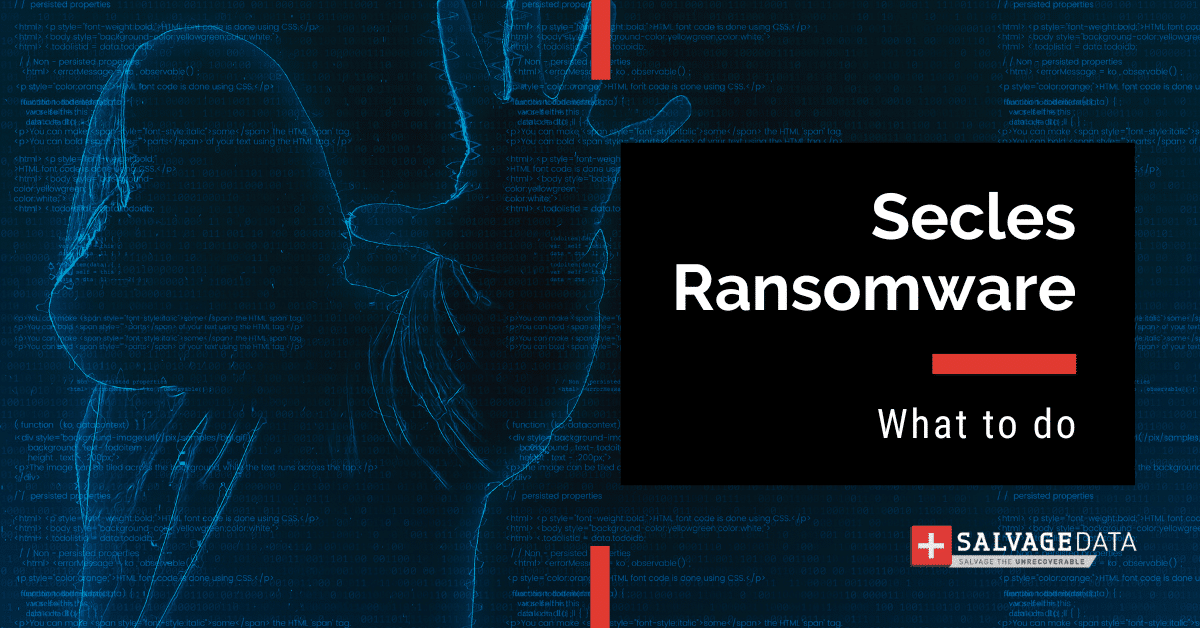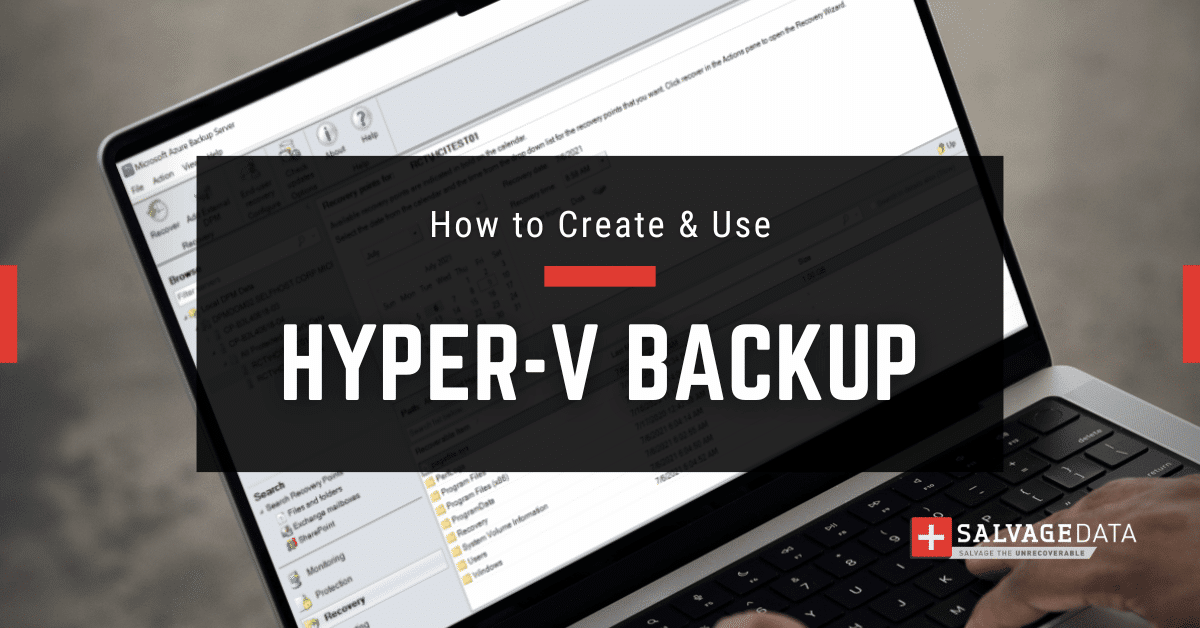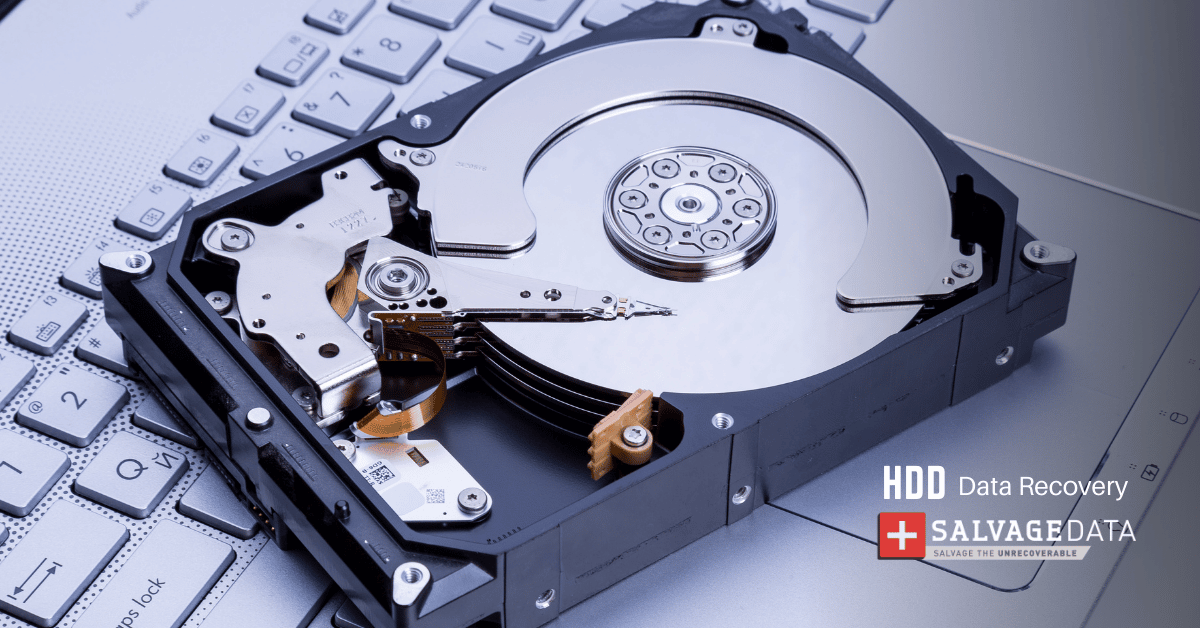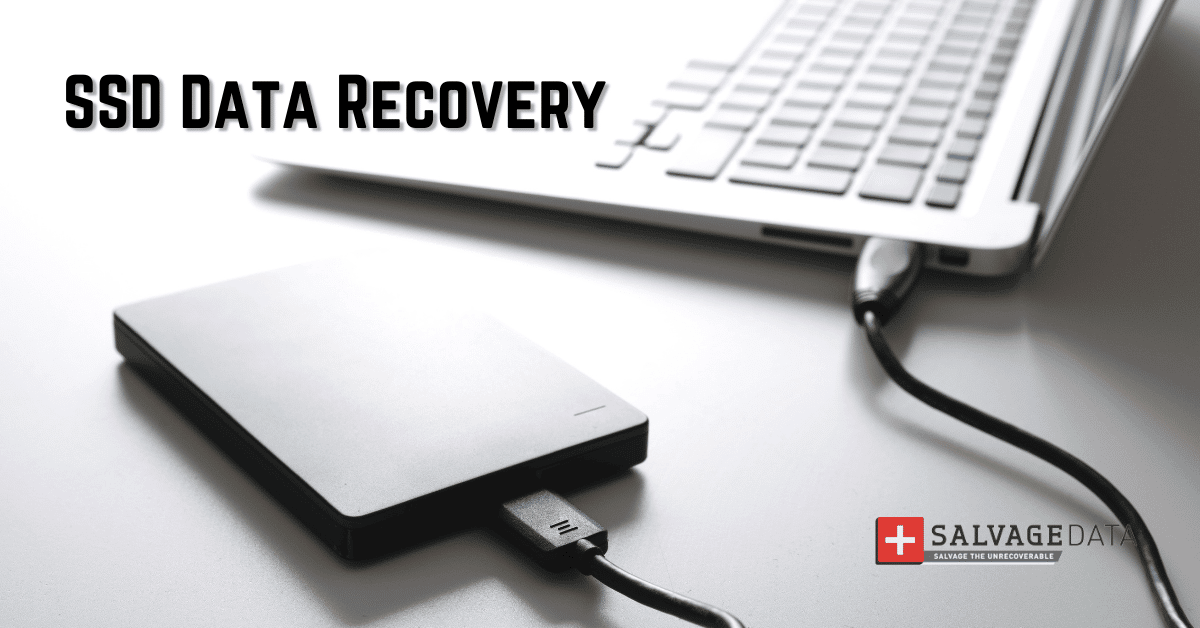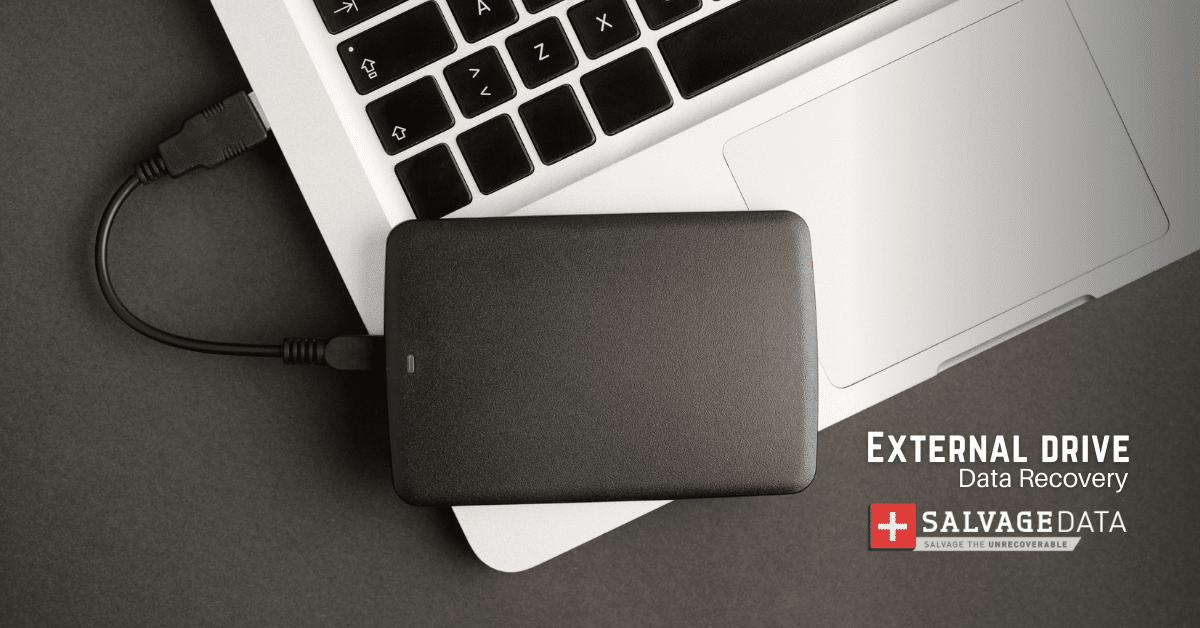Recent Articles
How To Recover Overwritten Files
The Snowflake Data Breach: A Comprehensive Overview
Mac Not Recognizing External Hard Drive: Quick Fix Solutions
How Multi-Cloud Backup Solutions Can Prevent Data Disasters
Capibara Ransomware: What is it & How to Remove
What Should a Company Do After a Data Breach: The Ticketmaster Incident
Secles Ransomware: Removal Guide
What To Do When Your Chromebook Freezes
How to Create Hyper-V Backup
What Is The Best Data Recovery Software For PC

I think there's an issue with my storage device, but I'm not sure Start a free evaluation →
I need help getting my data back right now Call now (800) 972-3282
Despite the love/hate relationship many people have with it, Facebook offers some benefits that people find appealing. Even after discovering the social media giant was harvesting personal data and selling it (not cool) it’s still a platform people use to connect with others. So, if you plan to continue using it, here are some Facebook data safeguards you can employ to protect your data from advertising companies, potential malware intrusion, and more.
Inspect Which Apps You Have Connected to Facebook
One of the advantages of having a Facebook account is you can use it with other apps. When you give the app permission, it specifies which data it pulls from your Facebook account. Typically, this could be contact information, pictures (in the case of dating apps), and more.

However, what some might not realize is once you give permission, those apps can continue to collect your data. And in some cases, they’ll use it for advertising purposes, meaning you should prepare for an avalanche of ads. To mitigate this and to protect your privacy, you can do the following:
Log into your Facebook account.
Go to your settings section, then scroll down to select Apps and Websites. As you’ll see from my screenshot, it shows which apps you have connected to your Facebook account.
Next, you can click on the app to find detailed information such as which information the apps have, whether it has access to your friends’ list, and if the data access is active.
If you want to remove any apps, simply check the box and click on remove. That will remove the tethered app from your Facebook account and it will no longer be able to access data.
Use Ad and Tracker Blockers
The New York Times recommends using a tracker blocker such as Disconnect or Privacy Badger to prohibit apps from tracking your web-browsing activities. Why is this important? Once you give an app permission to access some of your data, that gives the app clearance to continue to follow you. This digital shadow logs the websites you visit, who you talk to through Facebook or a connected app and more.
Meanwhile, ad blockers prevent add-ons from attaching themselves to your web browser. This prevents ads from loading altogether, which is important considering some ads contain malware. If you engage them it results in your device becoming infected.

Check Your Privacy Settings
Another way to protect your data is to limit who has access to it. You can change your Facebook settings by going to your account then clicking on the privacy tab. From there, it’s broken down into two sections: your activity and how people can find and contact you. This allows you to control-to a point-who can see your posts and other things such as whether search engines outside of Facebook link to your profile.
Data security is important because it makes you less susceptible to malware intrusion. And if your device becomes infected with malware, know there are experts who’ll help you every step of the way. The team at Salvage Data has the tools, know-how, and experience to make your data recovery fast and secure. Entrust us to recover the files you need by contacting us today.

